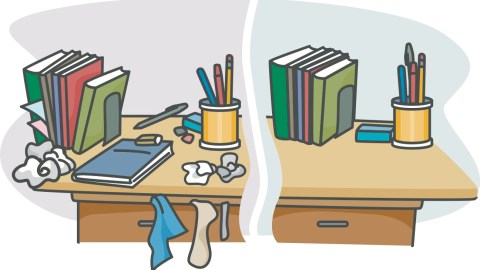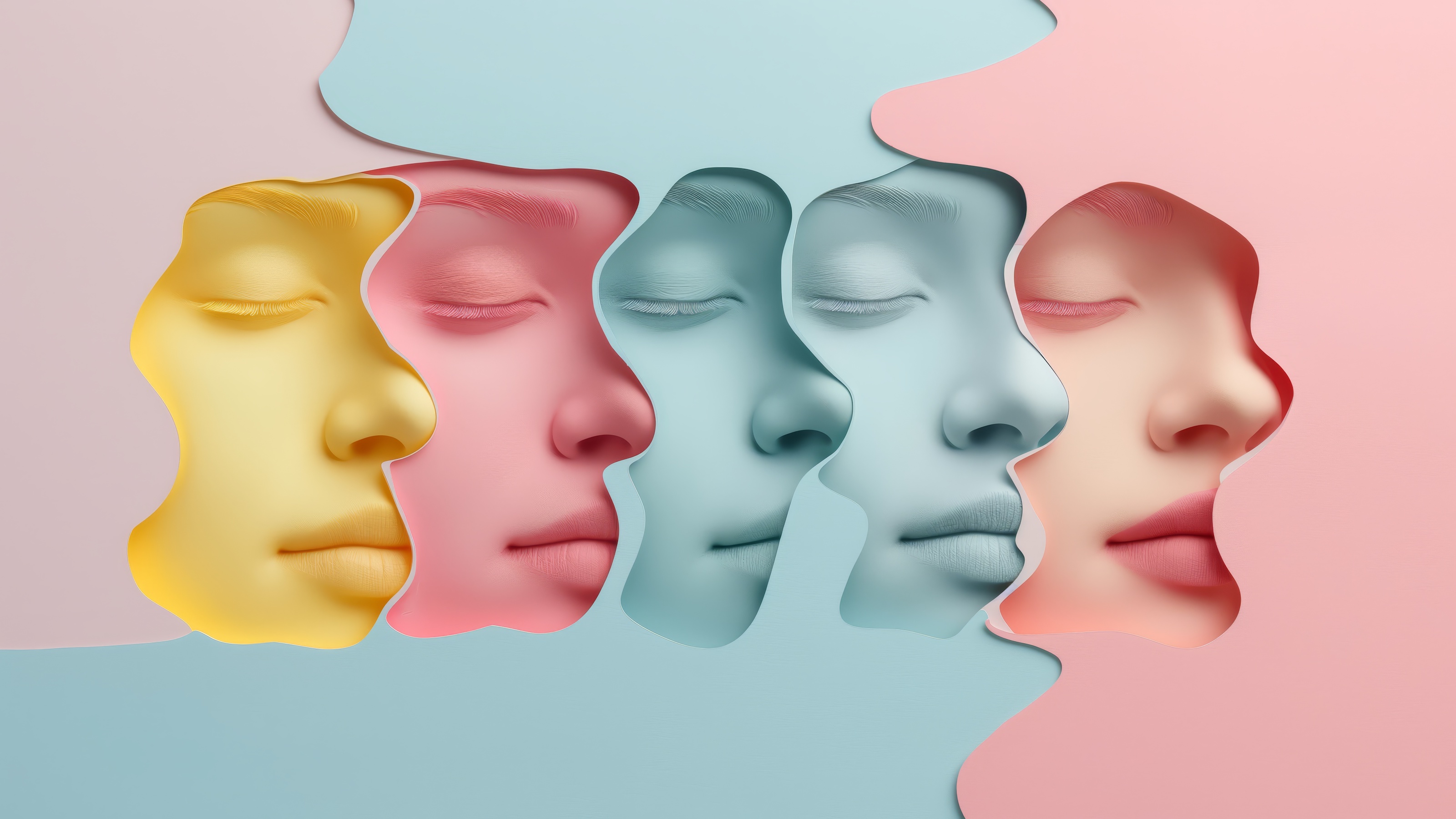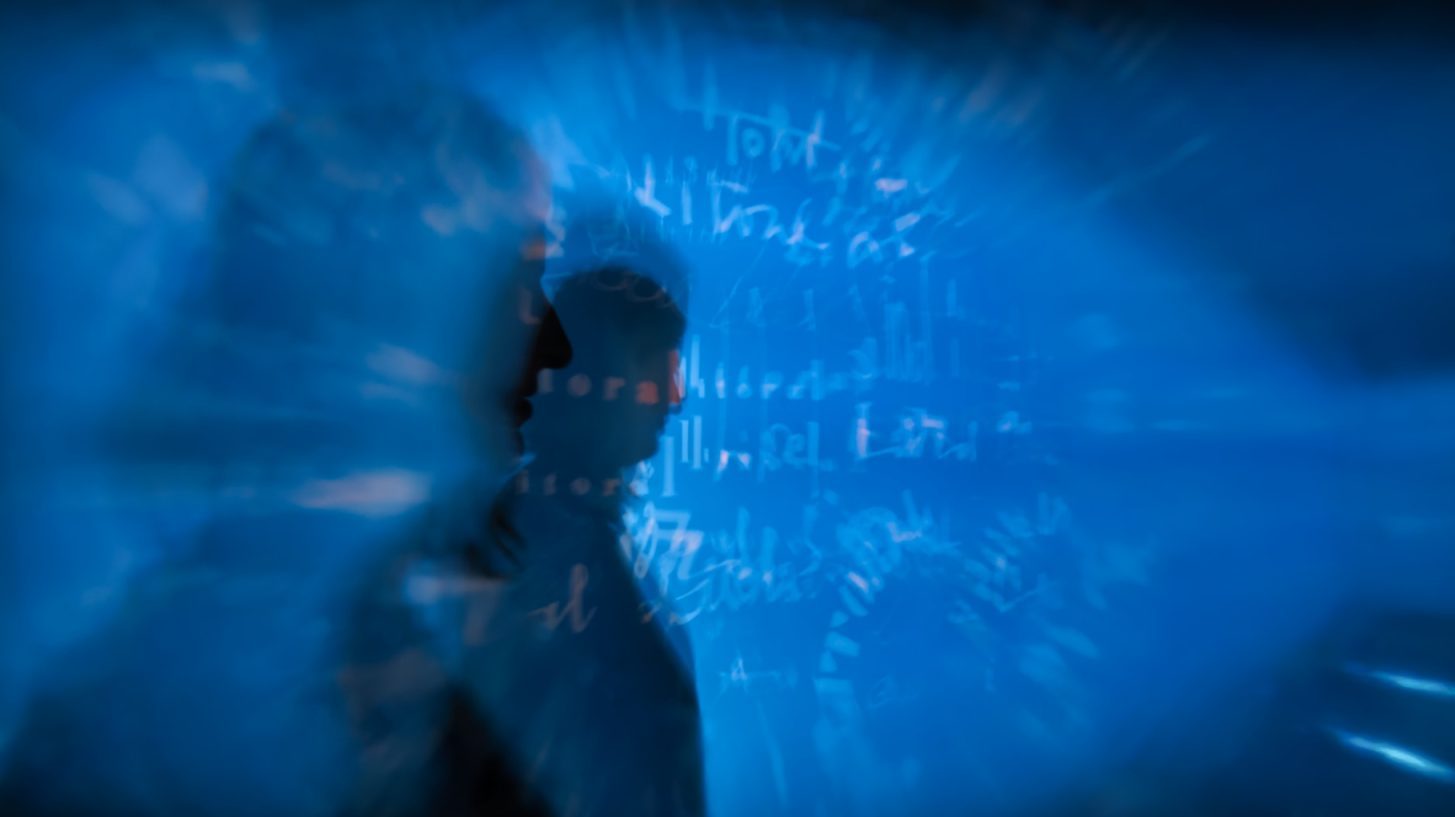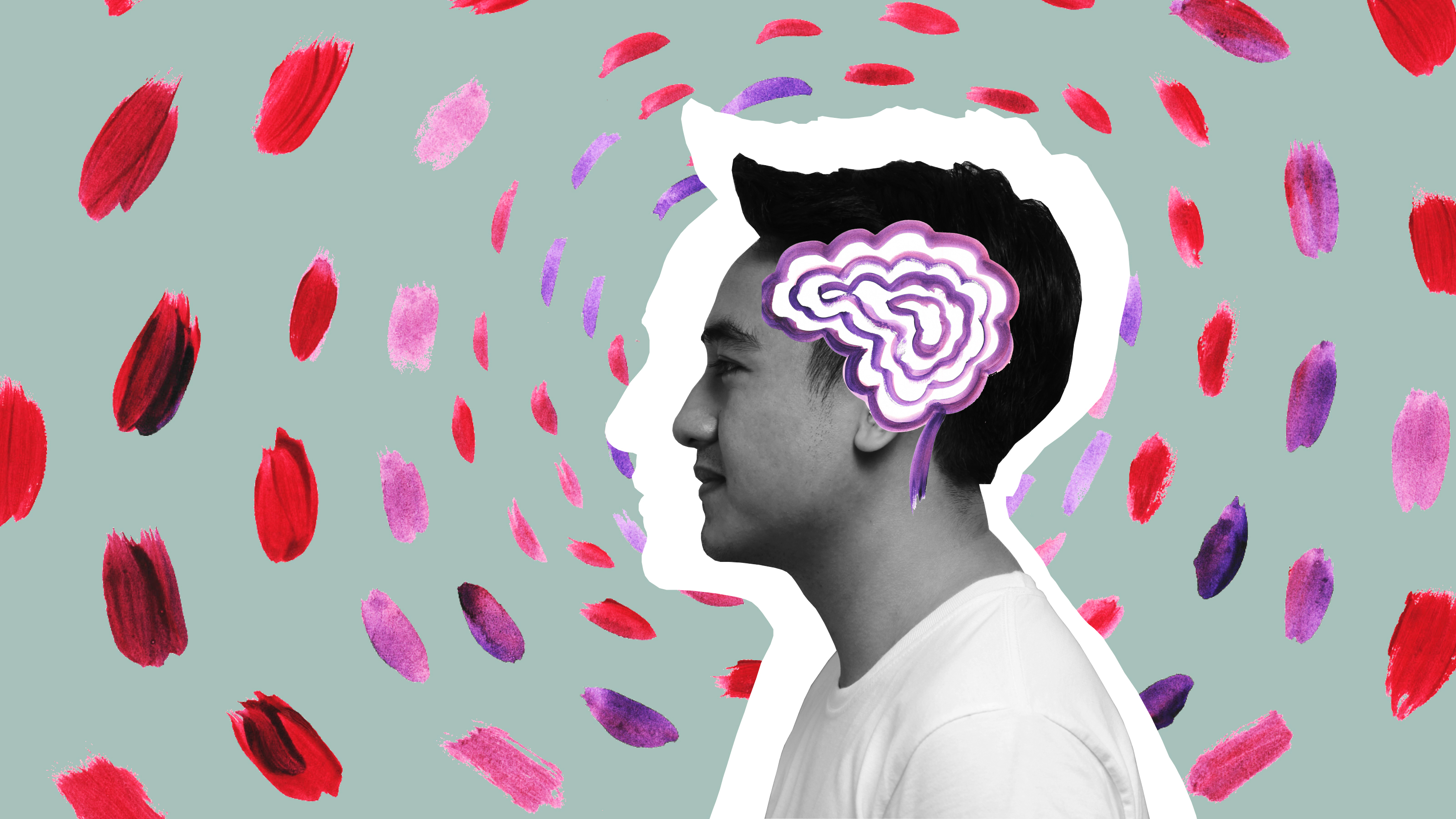Why Messiness Is More Creative than Being Tidy

What’s the Latest Development?
While cleanliness has historically been associated with strong moral fiber, a little mess may help inspire creativity and innovative solutions to staid problems. In experiments recently performed at the University of Minnesota, individuals assigned to solve practical problems in messy rooms were not only 28 percent more creative on average, but when the ideas that judges scored as “highly creative” were analyzed, there was a remarkable boost from being in a messy setting. “These subjects came up with almost five times the number of highly creative responses as did their tidy-room counterparts.”
What’s the Big Idea?
Similar experiments at Northwestern University have found that people in a messy room drew more creative pictures and were quicker to solve a challenging brainteaser puzzle than subjects in a tidy room. The research does have practical application, say its authors: “There is, for instance, a minimalist design trend taking hold in contemporary office spaces: out of favor are private walled-in offices — and even private cubicles. Today’s office environments often involve desk sharing and have minimal ‘footprints’…which means less room to make a mess.” Clean spaces may be too conventional for the release of creative ideas.
Photo credit: Shutterstock.com





